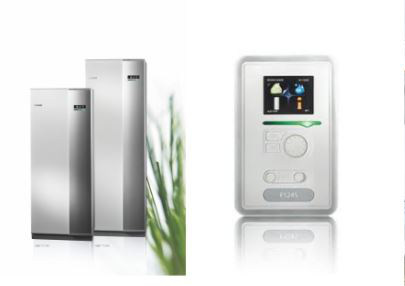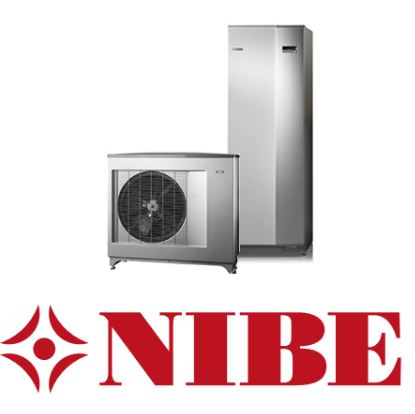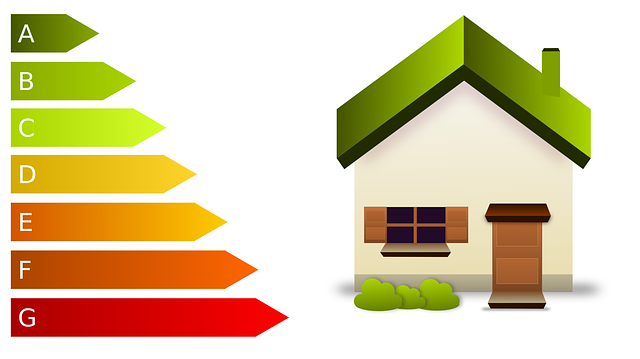Heat Pumps
Some Frequently Asked Questions on Heat Pumps
Can we use radiators?
Yes, no problem. The radiator supply temperature is linked to the weather and left running for longer periods, so they will not need to be as hot as with gas or oil where they are turned on in ‘bursts’ of heat. You may also oversize the radiators by 35% or so to take advantage of lower operating temperatures. You don’t need ‘special’ radiators for a heat pump (or aluminium ones either, though of course they work well).
Will we use a lot of electricity?
You will of course have a larger electricity bill, as that is the operating energy required for the heat pump, but there is no oil or gas bill (or at least a very small one) , so you pay less overall . A cost saving of 70 to 80% is possible.
Will all our domestic hot water be taken care of by the heatpump?
All the hot water you need is provided by the heatpump’s compressor process – and although there is an immersion fitted in many models (or in our cylinders) for back-up and functions such as temporary extra hot water for additional guests or legionella protection, the compressor is normally all you use.
Can we link solar panels to the heatpump?
We have different systems and clever integrated solutions for the addition of solar thermal heat for either hot water or heating support..
To convert from oil/gas to a heat pump – do we have to change our radiators?
Most of the time no, as in our experience most radiator systems are over-sized in the first place. In retro-fit situations, where fitting a heat pump to an existing traditional system, you usually find that the existing radiators will work as they are now run constantly or for longer periods at a low temperature governed to change with the weather. Much smarter than simply running the same temperature on a time-clock every day.
Can we link solid fuel to the heat pump?
Yes you can, but for a variety of reasons it’s often not worth it; solid fuel heat sources must always be designed to cater for the escape of heat in the event of a power failure to circulating pumps etc. You will have to revert to open vent (low pressure) plumbing as distinct from pressurised hot water. We can however provide docking diagrams and relevant control items.It’s also worth noting that when you light a stove in a building the heatpump then has to do less ‘work’ so the simplest interaction is just to use a stove and not connect into the wet side of the heating system.
Where do we put the Heatpump?
If possible, place the heat pump inside the house in the utility room (ground source or the indoor module of an air to water). This saves on both installation and also running costs. You can remotely locate the heat pump in a garage etc., but it is not necessary for noise or equipment size reasons – the heat pump’s always going to be more cost effective to run if placed near where it and or the hot water is used.
How much noise does the heatpump make?
Noise level is similar to a domestic fridge or dishwasher and certainly wouldn’t be noticed in a utility room. No need for a separate shed or garage location unlike many other heat pumps or even boilers. Our outdoor air to water heatpumps are also designed to be very quiet in operation too.
Can we heat our Swimming Pool?
Yes, and because pool has a relatively low temperature (usually no more than 30°) and the pool water is a large thermal store, you can take advantages of very high operating efficiency from a heatpump and greater use of cheap night rate electricity.
How much of our energy bill is our hot water?
Hot water is the smaller part of the energy bill compared to space heating usually. An average home uses around 5,000 to 8,000 kW Hours for domestic hot water. Remember if you locate the hot water tank remotely in a garage or have a very large house and need to circulate the hot water you will use more energy. Try and keep it central to points of use.
Which is ‘better’ or more efficient – a borehole or surface collector?
Both work just as well, but drilling usually costs more but has the advantage of needing less site space and may be better in a retro-fit situation or for minimal disturbance. Most new built homes will have a site already disturbed with construction works and therefore see little extra expense in fitting a horizontal collector. In our mild and wet Irish climate, surface or horizontal collectors work extremely well.
What is the fluid called ‘Brine’ in a Ground Source Heat Pump?
Although it is traditionally referred to as ’brine’, the fluid is usually a 33% mix of ethylene glycol (antifreeze) and water.
Do we need a Night Rate meter?
Usually it will pay, unless you are in a very small property (there may be a slightly higher standing charge). The night rate is around half the price of day rate, and a heat pump which is linked to the weather takes natural advantage of what is usually the coldest period in the 24hr cycle. You can also schedule the heatpump to work a little harder during the off peak period and store the energy in the concrete floors if you are using floor heating.
Do we need III Phase electricity?
Our larger Heatpumps use a three phase supply, but generally they are only used in buildings over 350 – 400M2 – if III-Phase is not available or too expensive to install, another option is to cover the peak load by docking with an additional heat source such as oil / gas.







